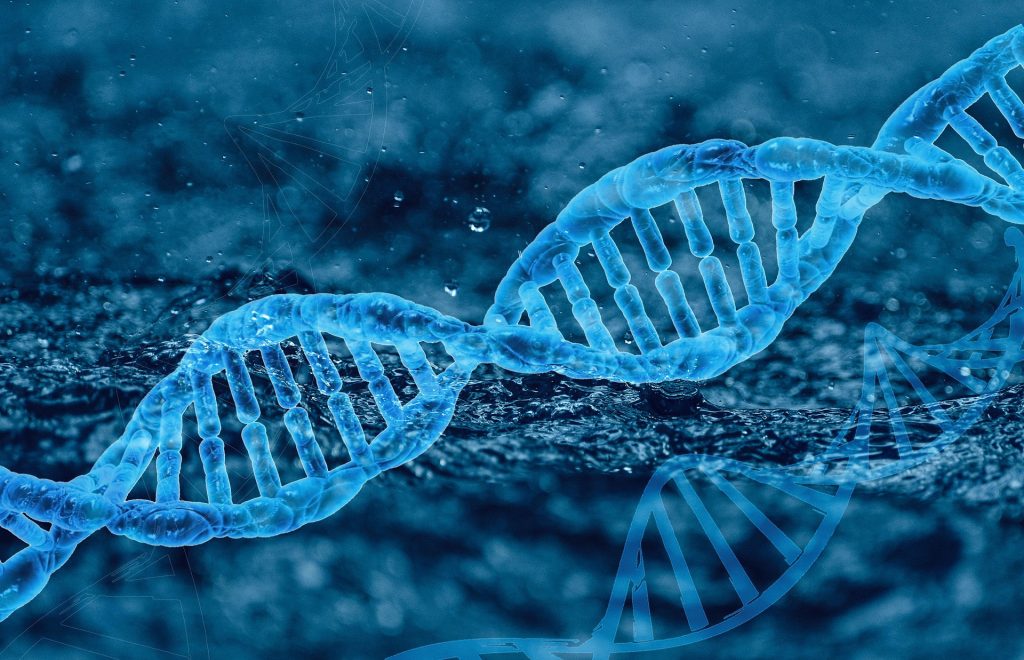
Findings from a new study into ‘junk DNA’ have brought scientists one step closer to solving the mysteries of ageing and cancer.
Jiyue Zhu, a professor in the College of Pharmacy and Pharmaceutical Sciences, led a team which recently identified a DNA region known as VNTR2-1 which seems to drive activity of the telomerase gene, which has been shown to prevent ageing in certain types of cells. The study was published in the journal Proceedings of the National Academy of Sciences (PNAS).
The telomerase gene controls the activity of the telomerase enzyme, which helps produce telomeres, the caps at the end of each strand of DNA that protect the chromosomes within our cells and which shorten over time until cells are no longer able to divide.
However, in certain cell types, such as reproductive cells and cancer cells, the telomerase gene’s activity ensures that telomeres are reset to the same length when DNA is copied. This is essentially what restarts the aging clock in new offspring but is also the reason why cancer cells can continue to multiply and form tumors.
Understanding how the telomerase gene is regulated and activated and why it is only active in certain types of cells could someday be the key to understanding how humans age, as well as how to stop the spread of cancer. That is why Prof Zhu has focused the past 20 years of his career as a scientist solely on the study of this gene.
Zhu said that VNTR2-1’s discovery is especially noteworthy due to the type of DNA sequence it represents.
“Almost 50% of our genome consists of repetitive DNA that does not code for protein,” noted Prof Zhu. “These DNA sequences tend to be considered as ‘junk DNA’ or dark matter in our genome, and they are difficult to study. Our study describes that one of those units actually has a function in that it enhances the activity of the telomerase gene.”
In previous work, deleting the DNA sequence from human and mouse cancer cells caused telomeres to shorten, cells to age, and tumours to stop growing. They conducted a subsequent study measuring the length of the sequence in DNA samples taken from Caucasian and African American centenarians and control participants in the Georgia Centenarian Study, a study that followed a group of people aged 100 or above between 1988 and 2008. The researchers found that the length of the sequence ranged from as short as 53 repeats of the DNA to as long as 160 repeats.
“It varies a lot, and our study actually shows that the telomerase gene is more active in people with a longer sequence,” Prof Zhu said.
Since very short sequences were found only in African American participants, they looked more closely at that group and found that there were relatively few centenarians with a short VNTR2-1 sequence as compared to control participants. However, Prof Zhu said that a shorter sequence does not necessarily translate to a shorter lifespan, since the telomerase gene is less active with possibly a shorter telomere length which could reduce cancer risk.
“Our findings are telling us that this VNTR2-1 sequence contributes to the genetic diversity of how we age and how we get cancer,” Prof Zhu said. “We know that oncogenes–or cancer genes–and tumor suppressor genes don’t account for all the reasons why we get cancer. Our research shows that the picture is a lot more complicated than a mutation of an oncogene and makes a strong case for expanding our research to look more closely at this so-called junk DNA.”
Prof Zhu observed that many African Americans in the United States for generations have Caucasian ancestry, which could have added this sequence. So he and his team hope to next be able to study the sequence in an African population.
Source: Washington State University
Journal information: Xu, T., et al. (2021) Polymorphic tandem DNA repeats activate the human telomerase reverse transcriptase gene. PNAS. doi.org/10.1073/pnas.2019043118.

